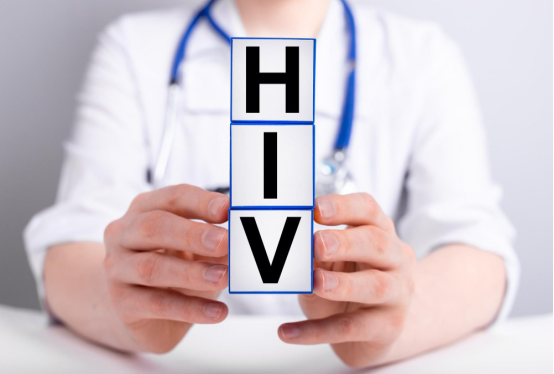Infection with the human immunodeficiency virus (HIV) can lead to a life-threatening disease called acquired immunodeficiency syndrome (AIDS). HIV attacks the immune system, making the body unable to fight off other infections. HIV specifically targets CD4 cells. These cells primarily help the immune system fight infections. Early HIV-positive symptoms may appear within a few weeks of contracting the virus.

Signs and Symptoms of HIV
HIV progresses in stages, each with different symptoms.
Early HIV Symptoms:
Early symptoms of HIV appear within 24 weeks of infection. These early HIV-positive symptoms may last for several weeks.
This includes:
Fever, rash, muscle pain, joint pain, headache, swollen lymph nodes, sore throat.
Symptoms of Clinical Latency of HIV
Clinical latency of HIV occurs after the early stages of infection. This stage is also called chronic HIV infection. During this stage of infection, symptoms are rare or may be very mild. This stage may last at least a decade or more for people who are not receiving treatment for HIV infection. However, for those who seek treatment, the second stage may last for decades without progressing to the final stage.
Some mild symptoms of the chronic HIV infection stage are:
Fever, diarrhea, fatigue, weight loss, other yeast or viral infections.
Symptoms of the final stage of HIV:
If left untreated, the final stage will progress in about ten years. In this final stage, AIDS begins to develop.
Signs and symptoms of HIV infection during AIDS are as follows:
Recurring fever, night sweats, weight loss, chronic diarrhea, rash, persistent fatigue, mouth ulcers, persistent swelling of lymph nodes, pneumonia, depression, memory loss.
HIV Treatment
Ideally, HIV treatment should be started as soon as the virus tests positive.
When the first warning sign of HIV appears, it is imperative to see a doctor and get tested to confirm the infection.
There are many different types of drugs used to treat HIV. Each HIV treatment drug fights the infection in a different way. Doctors will prescribe 23 different types of drug combinations. This is a preventative measure to prevent the virus from becoming resistant to a certain drug and becoming ineffective.
HIV treatment should be started as early as possible. However, this is especially important if your CD4 count is below 350, if you are pregnant, if you are being treated for an infection such as hepatitis, or if your symptoms are severe.
Doctors develop HIV treatment plans after checking a person's CD4 count. The goal of HIV treatment is to lower the viral load in the body. Each person's treatment plan may be different, depending on their health and stage of HIV.





